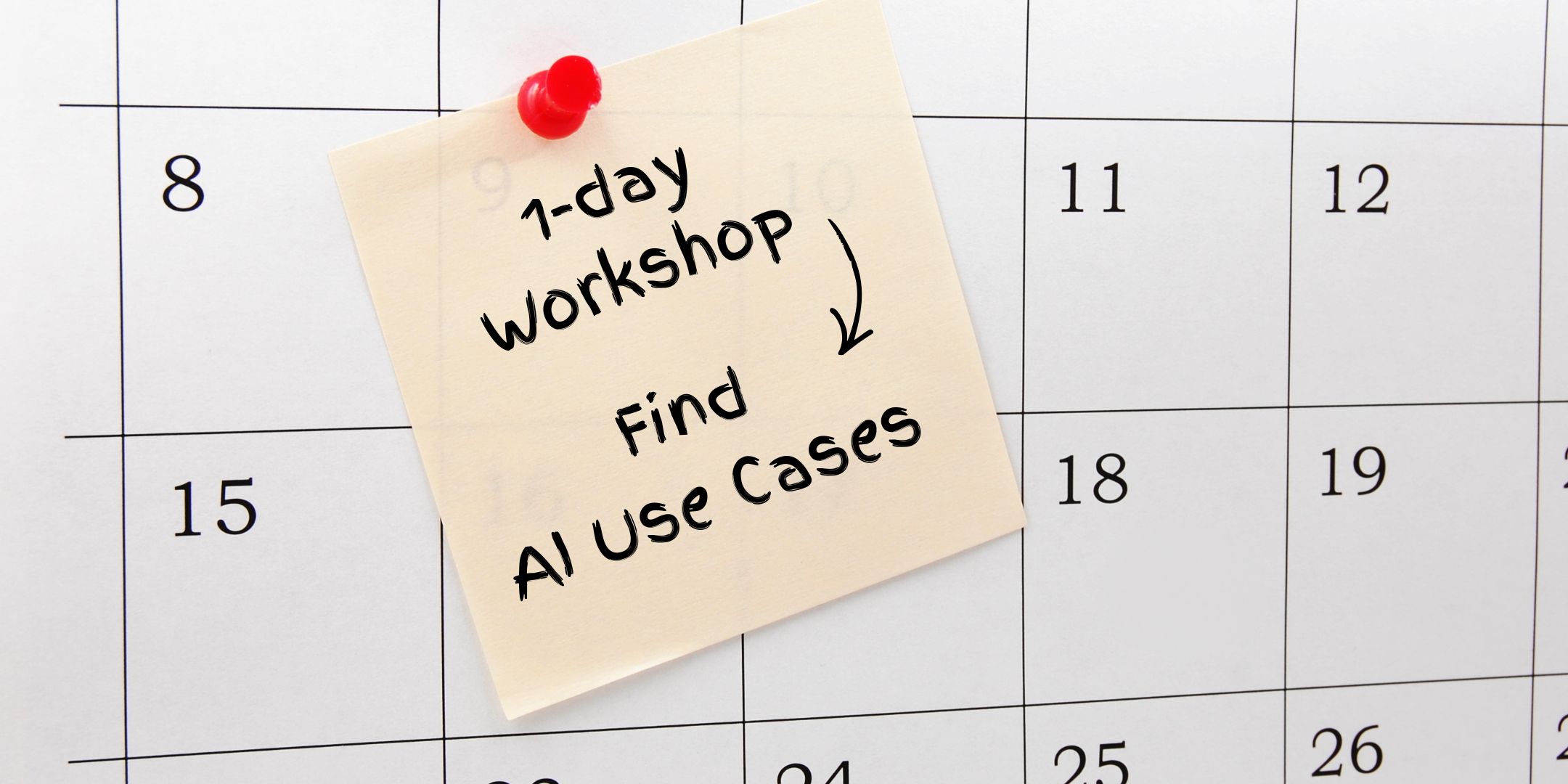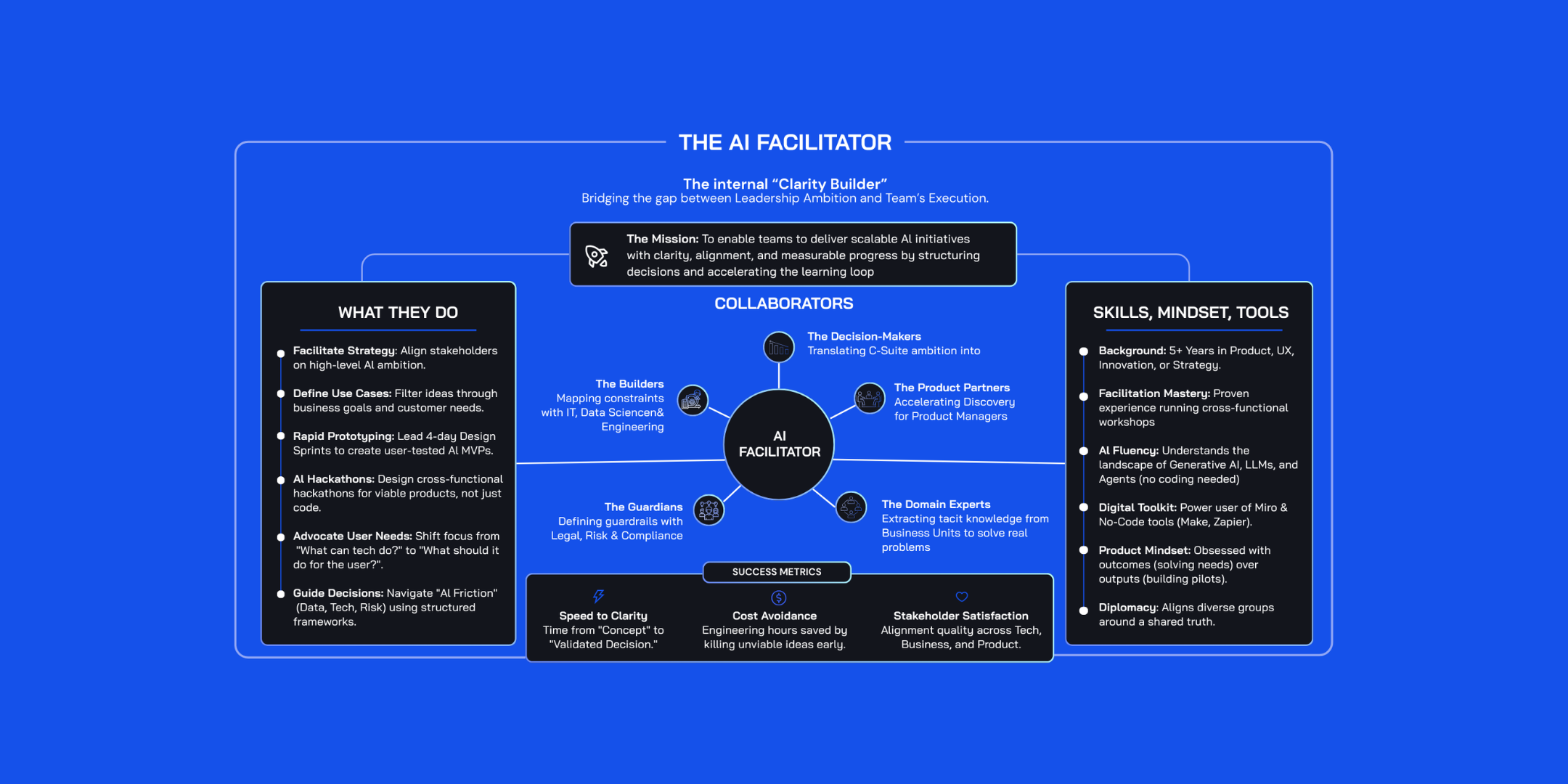Bottom-up Innovation. How to Select 3 Ideas out of 90?

When we think about innovation and how creativity comes about, Charles Leadbeater makes a valid point when comparing the traditional view with the human-centric view. In the traditional view, creativity happens because of special people in special places (elite universities, R&D parks, innovation labs, etc.) who create special ideas. Their ideas flow down the pipeline to passive consumers to wait for approval or disapproval. Conversely, in the human-centric view, creativity is cumulative and highly collaborative. Ideas flow back up the pipeline, and users are, in fact, the source of sizeable, disruptive innovations.
There is currently a big push towards moving from the traditional way to innovate, special people, special places, special ideas to more open, inclusive, and collaborative models based on design thinking and design sprints. But this is no smooth transition, especially in the larger, more traditional organizations, and usually, there is a great deal of confusion on where to begin this process.
I want to share with you a case study on the topic.
One of these larger, traditional organizations, where innovation was, at best, a buzzword, sought our help to turn it into something meaningful that would generate value within the company. They reached out to use with this request:
We want employee’s ideas pushed up the pipeline to the point where they become tangible initiatives aligned with the overall business objectives. And we want it fast.
Our challenge
The project kicked off with an alignment meeting facilitated by Design Sprint Academy on the core strategy and a plan to implement.
We were given six weeks to engage a workforce of 5,000 people, collect their ideas, design a vetting process to narrow down to the three most promising ones, which we’d then validate through a design sprint.
All ideas had to meet the following criteria:
- be employee-driven
- with high business impact
- with high consumer value
As early adopters of Design Sprints and having already run dozens in the past, we were well equipped for this project's Design Sprint stage. But how do we get to that point? How do we find the three most innovative ideas in a company of 5000 employees?
Our approach
In the end, we decided to get them started on their innovation journey with a Problem Framing workshop in which we invited the top 10 key decision-makers.
Problem Framing is a framework, based on design thinking principles and methods, used to understand, define and prioritise complex business problems and help stakeholders make better decisions, fast.
We developed the Problem Framing method as a preliminary step in the process of running Design Sprints to ensure effective outcomes and make the investment in a Design Sprint worthwhile. Problem Framing is about understanding, team alignment, and defining a strategy for the future. It is a process in which the stakeholders need to pay equal attention to both the business need and the customers’ problems they are trying to solve, as that is the sweet spot where big opportunities lie.
Our action plan
- Week 1 and 2 👉 Assemble the Problem Framing Team: 10
- Week 3 and 4 👉 Collect Big Ideas: 90
- Week 4 and 5 👉 Vett ideas: 90 >> 30
- Week 6 👉 Problem Framing. Prioritize Ideas: 30 >> 10 >> 3
- Week 6 👉 Create the Design Sprint Briefs: 3
1. Assemble the Problem Framing Team
10 decision-makers
- Time: 2 weeks
- Why: To ensure alignment with the company's strategic goals and get the green light for this project.
- How: Interview internally
The Problem Framing team was made up of decision-makers, typically executive level, keen advocates of innovative projects within the company.
2. Collect Big Ideas
90 Ideas
- Time: 2 weeks
- Why: Bottom-up innovation — to empower and inspire employees.
- How: Internal Survey
Together with the client team, we drafted an internal email integrated with a TypeForm questionnaire, inviting all employees to submit their ideas. In that questionnaire were the following questions:
- What is the problem? (share what you know about the problem)
- How do consumers solve this problem today? (share what behaviors you have observed)
- How would you solve this problem? (share your idea or suggestion)
All replies were captured in an excel file and submitted to the problem framing team for review.
3. Prioritize 30 Ideas
From 90 to 30
- Time: 1 week
- Why: To focus only on ideas with potential
- How: Remote NUF test
Borrowed from Gamestorming, we used the NUF test to cross-check big ideas for weak points and define to what degree they are New, Useful, and Feasible.

NEW — It wasn’t done before or is significantly different from previous approaches. Out of the box, innovative ideas will score higher.
USEFUL — It solves the problem completely without creating any collateral damage.
FEASIBLE — If the organization can implement it. Ideas requiring less effort, resources, and money will score higher.
We used this tool remotely by inviting the Problem Framing team to score ideas from 1 to 10 for each criterion and then tallied the results automatically in an excel file.
We then looked at the top 30 ideas that scored the highest on the NUF test and considered them to be valid candidates for the Problem Framing Workshop.

Five weeks have passed, and we are now finally ready to run a two-day in-person Problem Framing Workshop with the Problem Framing Team.
4. Problem Framing Workshop
Prioritize ideas: 30>>10
- Time: 90 min
- Why: to align the problem framing team around the same understanding of the problem and define the decision-making criteria.
- How: 30 min silent Art Museum/ 30 min Affinity mapping/ 30 min NUF test
A few days went by since the team managed to review and score remotely all the 90 ideas collected from the company employees. We wanted to kick off the Problem Framing workshop by making sure that everyone is up-to-date and reconnected to the workshop objectives. We started by rebooting their memory with the help of the Art Museum exercise. For that, we printed ahead all the big ideas collected from the company employees on large posters and displayed them on the walls.

We gave everyone these simple instructions:
- Individually, review all ideas in silence.
- Jot down your questions or insights on sticky notes and place them next to the concept. We will come back to them later on.
- Look for duplicates and mark them on the go.
- Start categorizing the concepts and label the category on green post-its. Place them next to the corresponding idea. We would cluster them based on type in the next phase.
Now that the big ideas were fresh in the team’s mind, we were ready to categorize based on similarity, topic, or problem area. The team members then took rounds to read aloud and discuss each idea with the rest of the team. We ended up with clusters of ideas where some scored higher than others on the NUF test.
The team still needed to discuss any discrepancies or duplicate solutions in order to align on a final NUF score. After a heated debate, we were able to recalculate the NUF total for each total, and the top 10 solutions became apparent. We had our winners!

Prioritize Ideas: 10>>3
- Time: 120 min
- Why: to stress-test all ten winning concepts from the first round.
- How: 90 min Team Debate
Want to learn more about different ways of helping key-stakeholders prioritize ideas and align on a core problem? Join our public Problem Framing courses as we share lots and lots of case studies like this one.
With our top 10 ideas confirmed, we split the team into two groups: Idea Challengers and Idea Supporters.
We asked Challengers to silently & individually come up with potential problems, blockers, and Supporters with solutions, strengths, and benefits. For 3 minutes, everyone brainstormed individually, one idea per post-it.
In a head-on-head rumble, points were awarded to each group.
This is how it typically goes when prioritizing ideas with this exercise:
- We debate each idea one by one.
- The Challengers pick a Post-it from their pile concerning a specific idea.
- The Supporters must find their Post-it for the same solution to counterbalance the Challengers’ claims.
- If no counterargument is found, the other group gets the point.
- The losing group then works together to find a solution.
- Play continues until the story concludes.

This interactive exercise helped the team to narrow down the top ten solutions to the final three. Besides giving the team the opportunity to explore the solutions in-depth, this simple debating exercise helped the team remain highly focused on the task at hand to reach the crucial stage of alignment. Both sides performed their roles with the utmost enthusiasm and dedication, which further served to underpin everyone’s understanding of the solutions being discussed.
So there we were, halfway into the process.
We ended the first day of Problem Framing in alignment, having whittled down thirty solutions to three well-rounded and informed business challenges.
Next step: reframe them into Design Sprint Challenges and let the sprinting begin.



.jpg)





